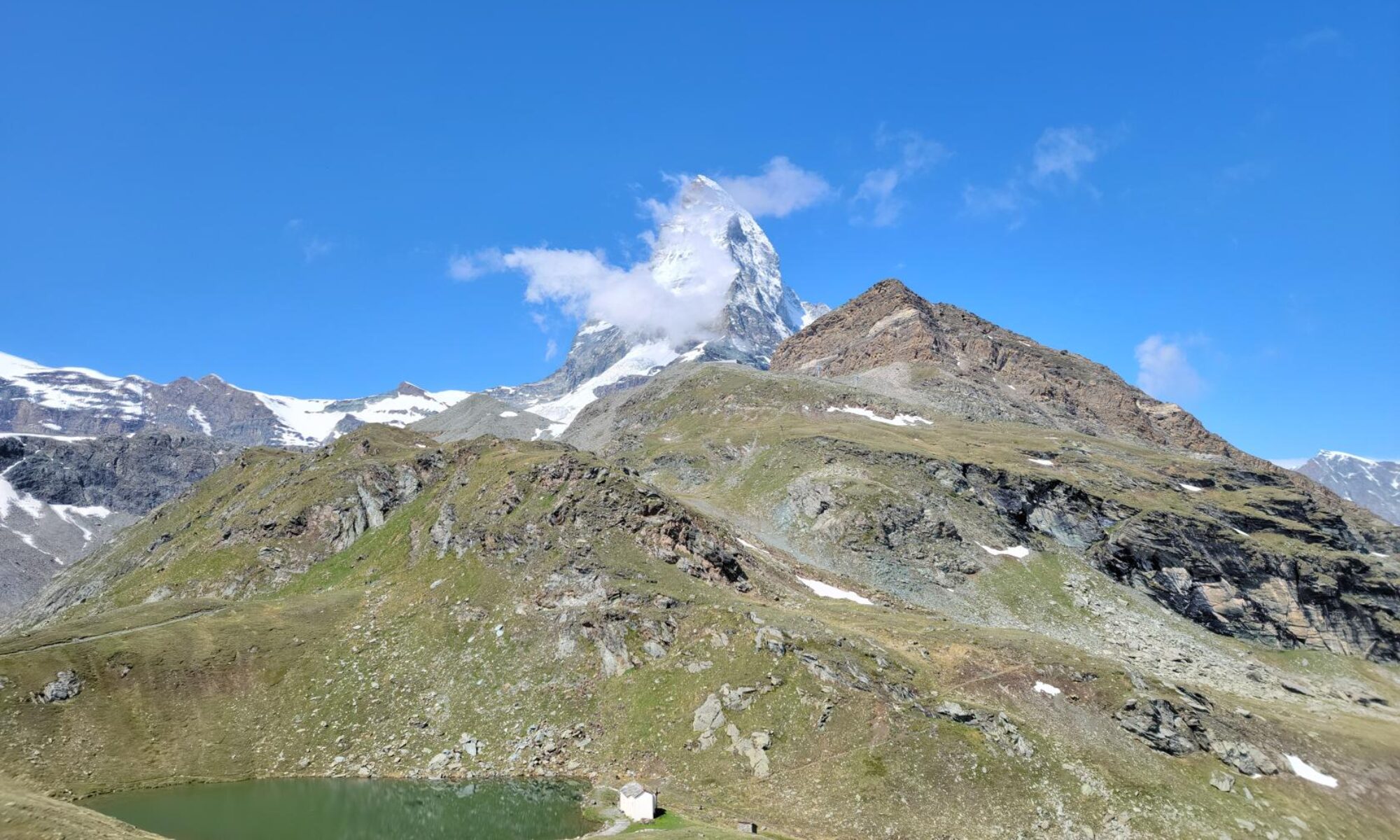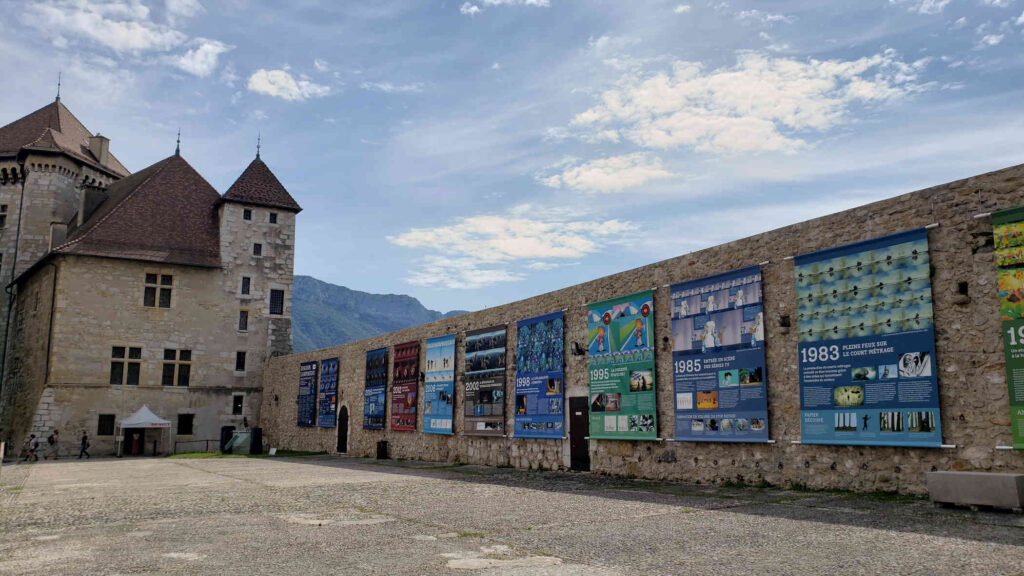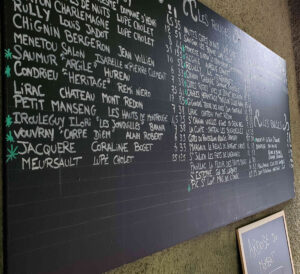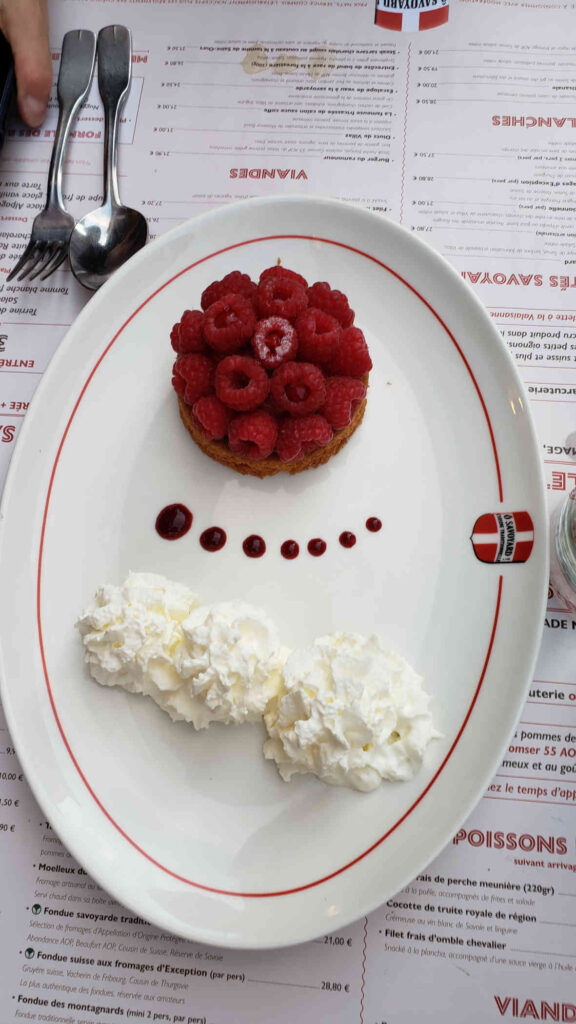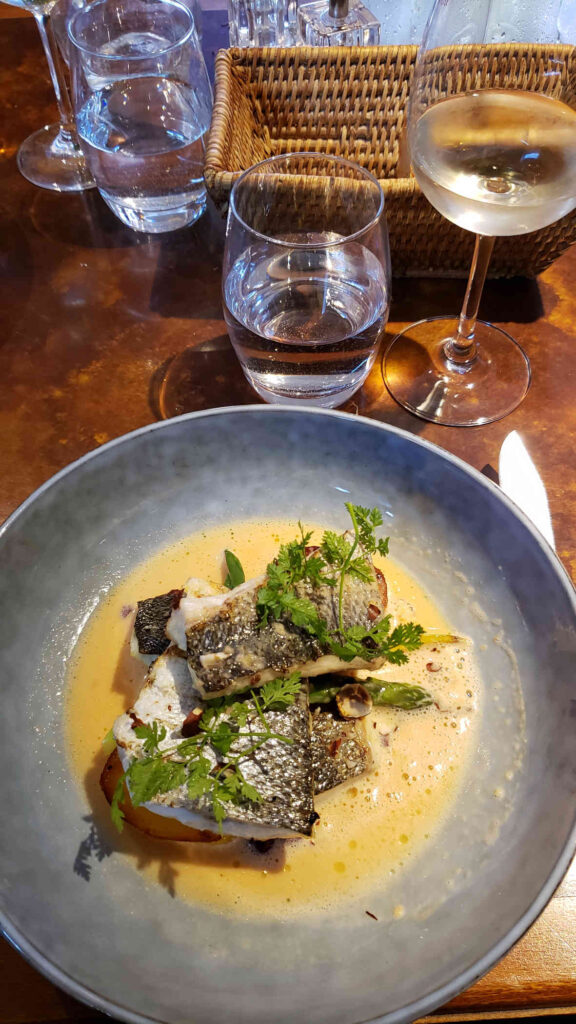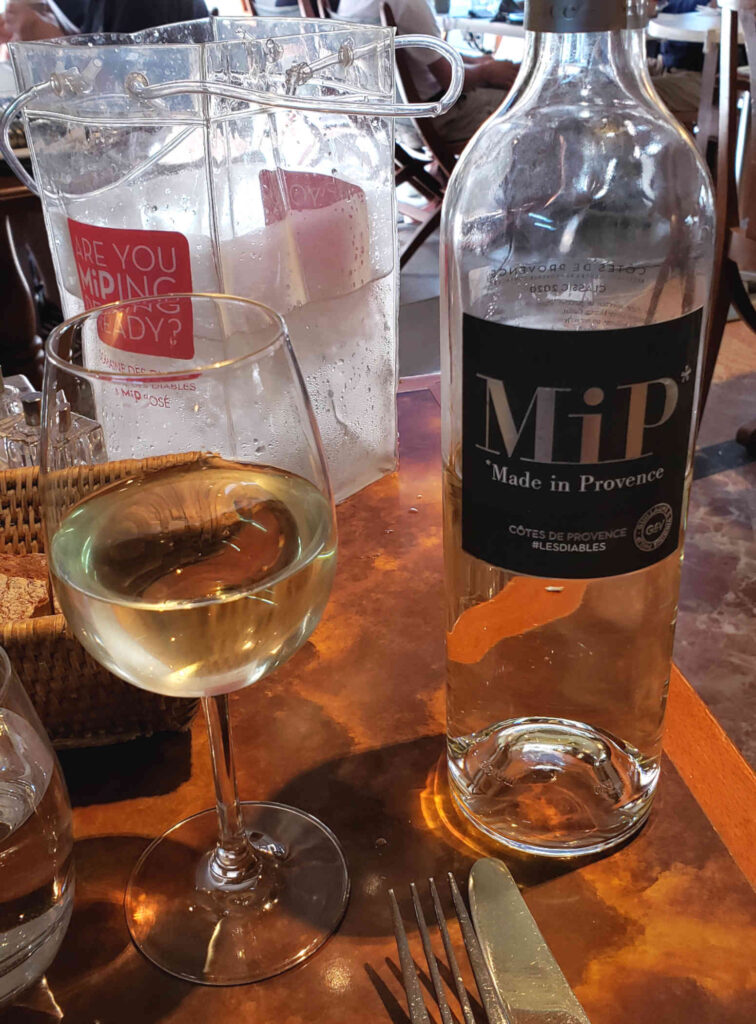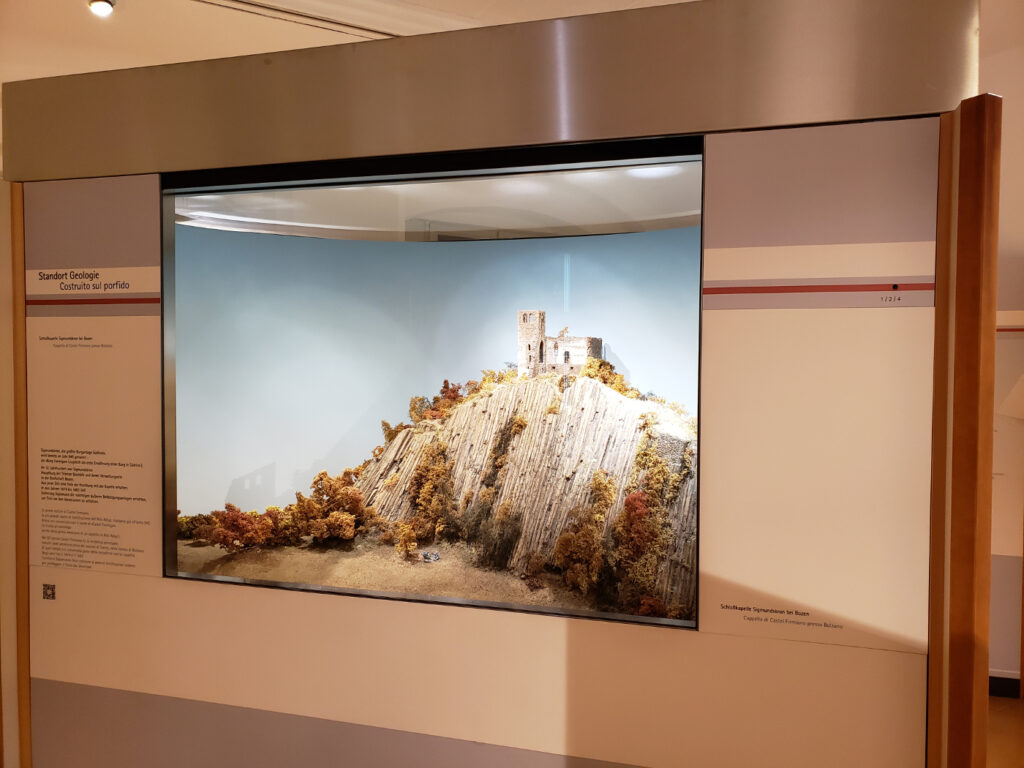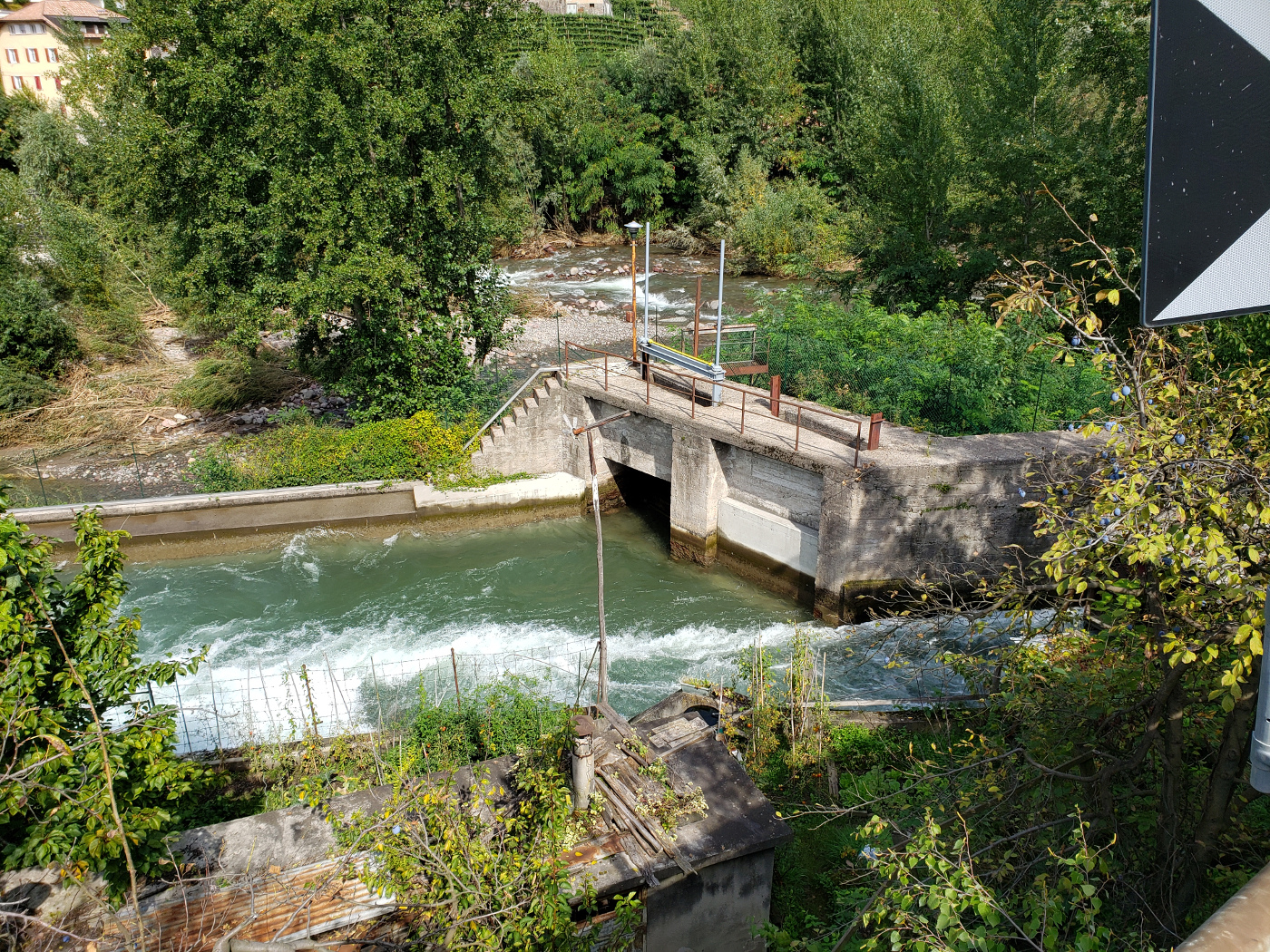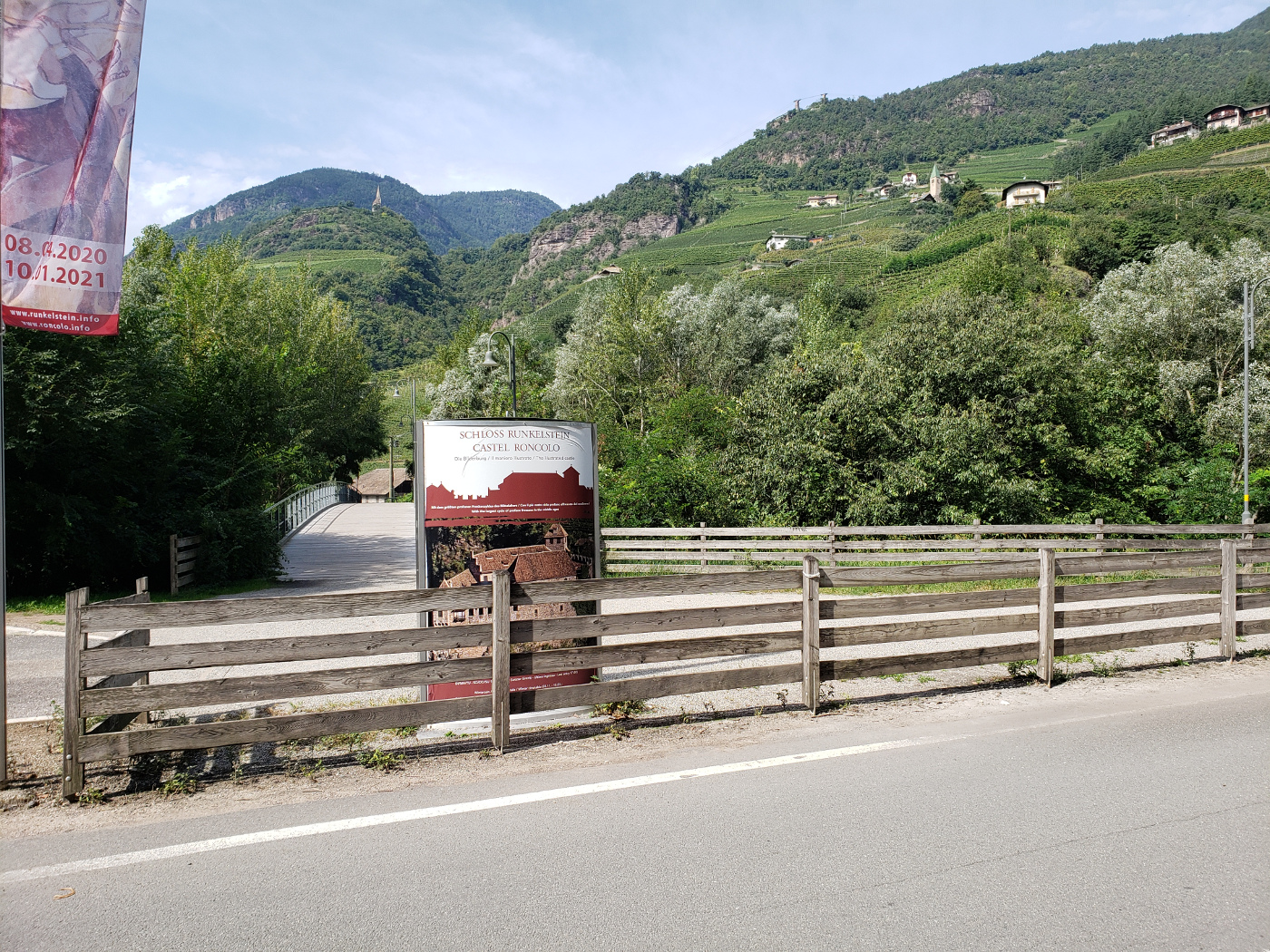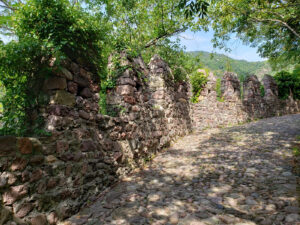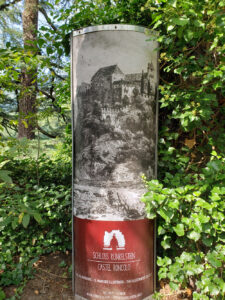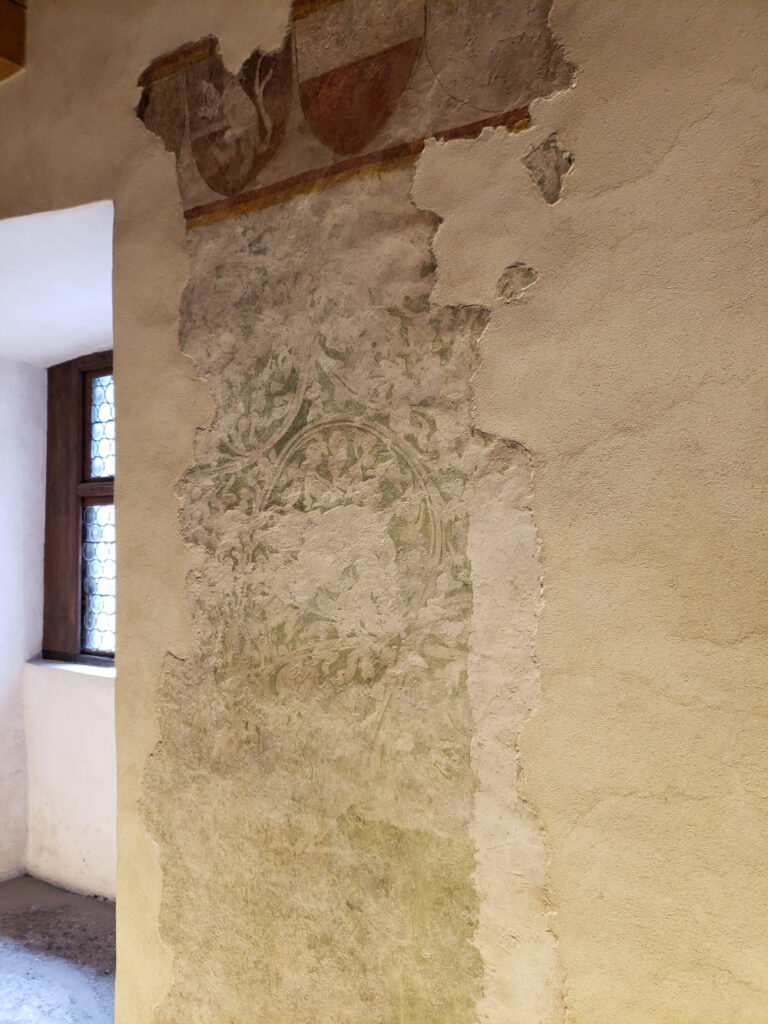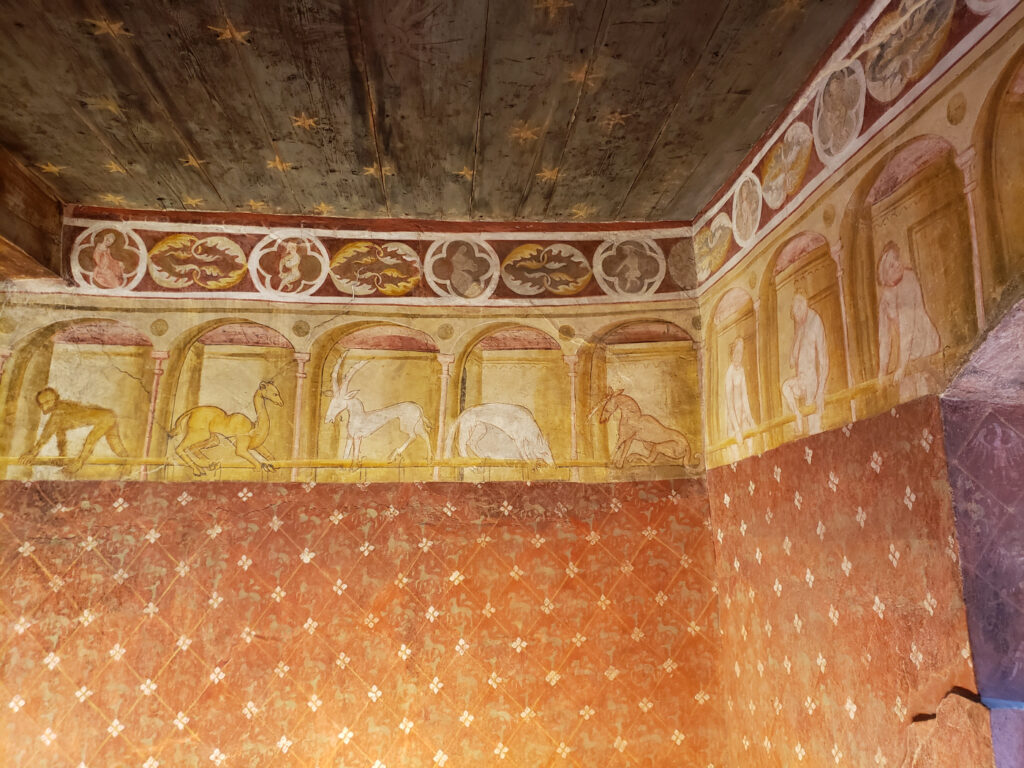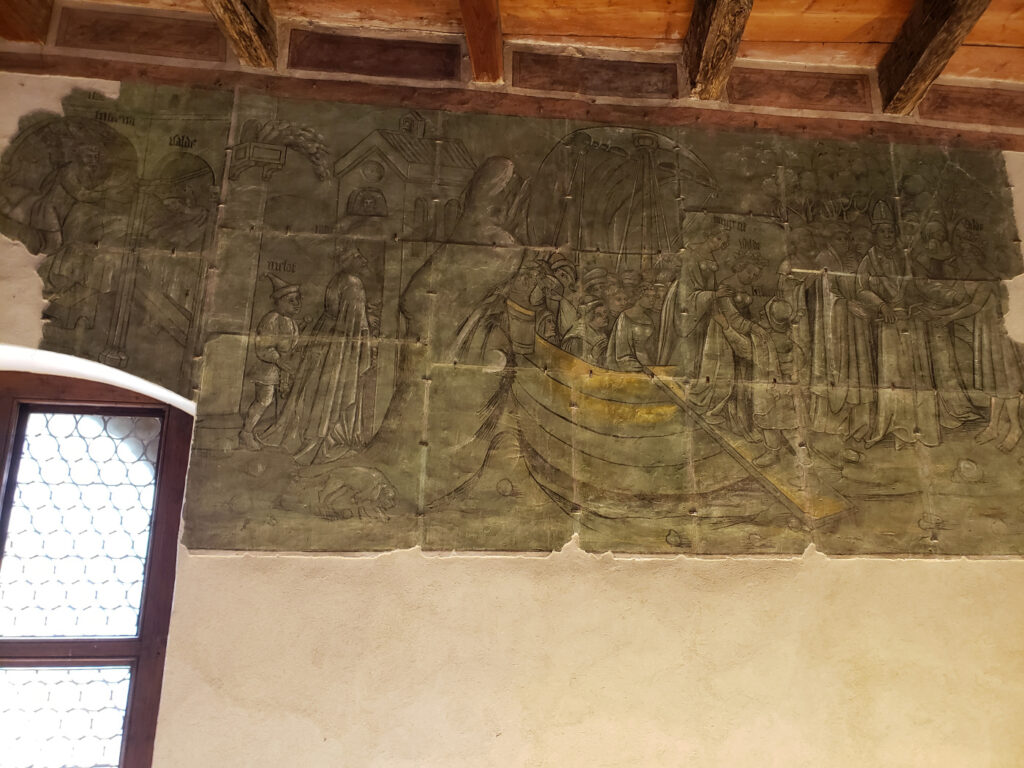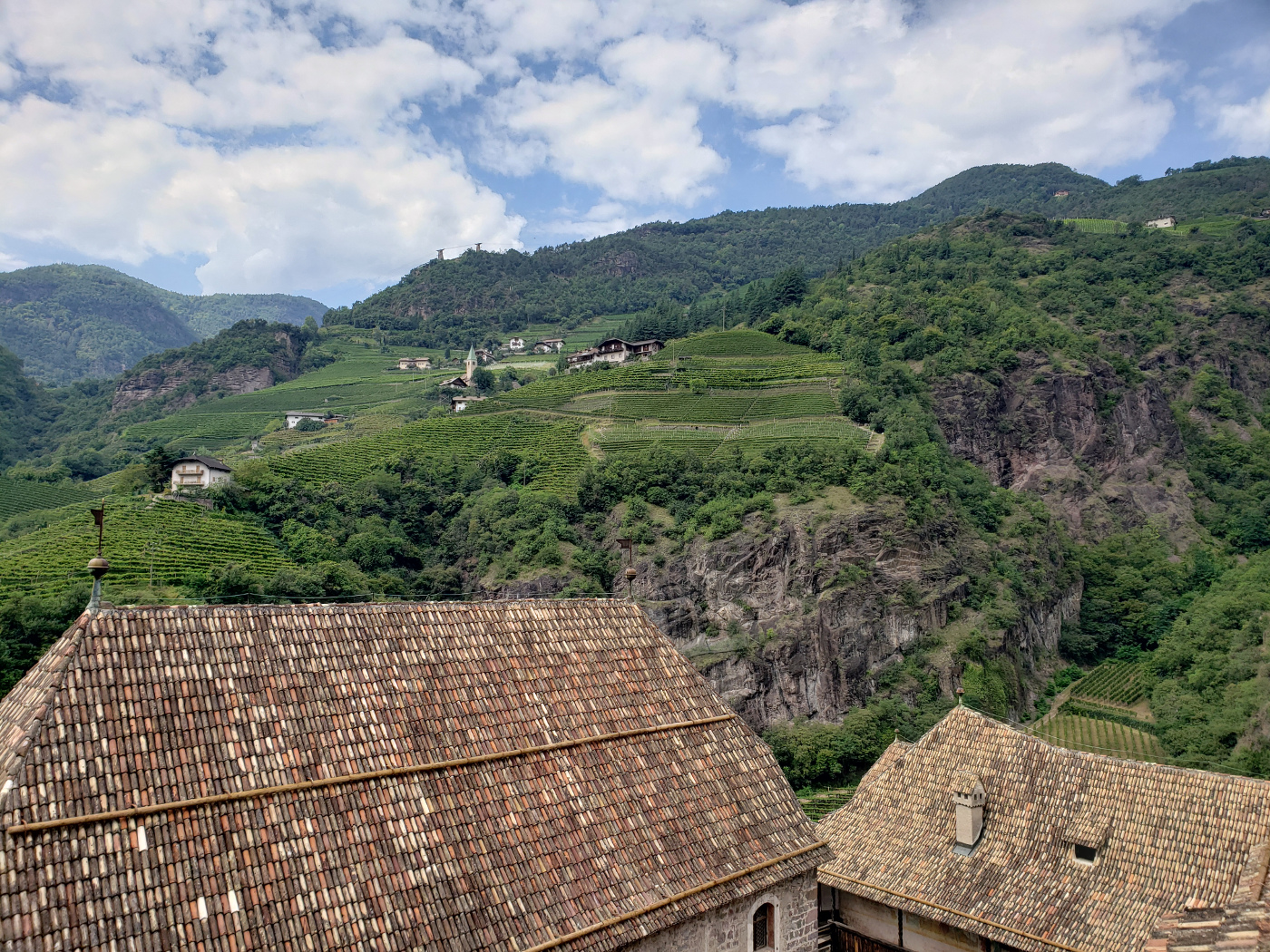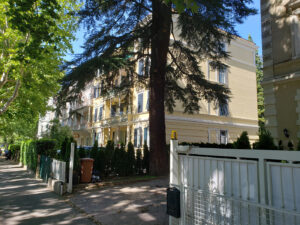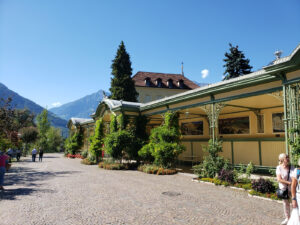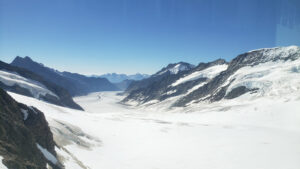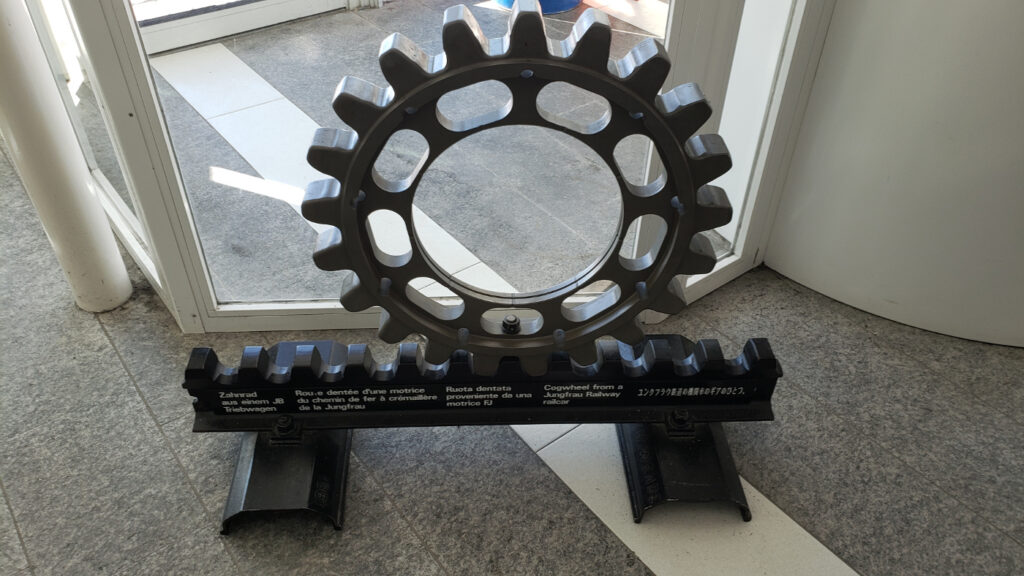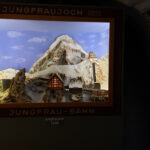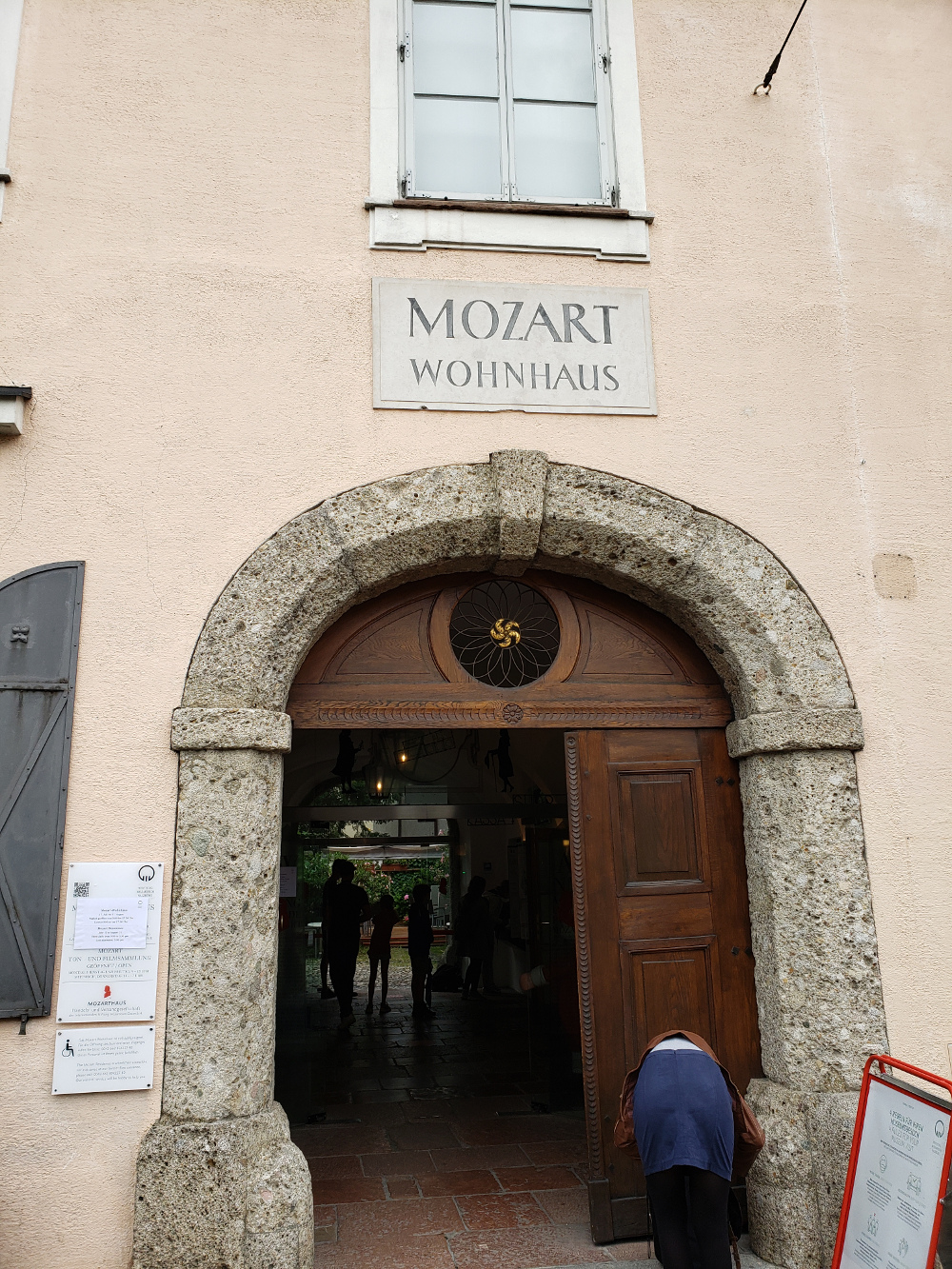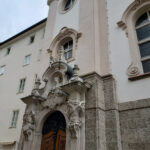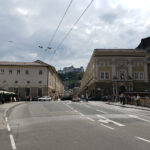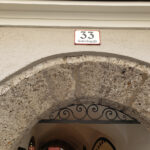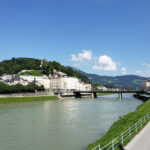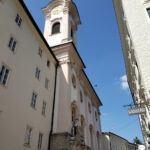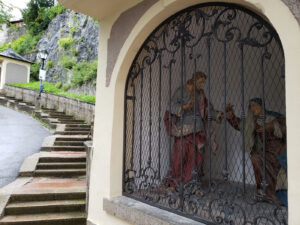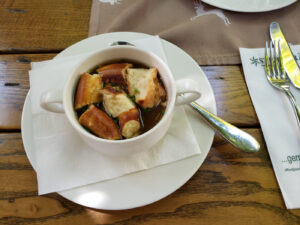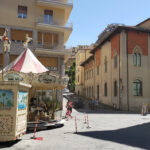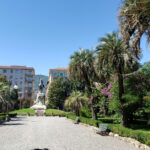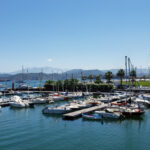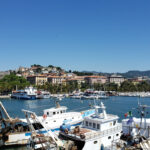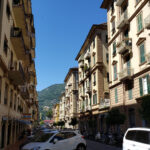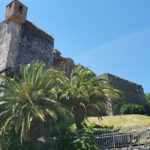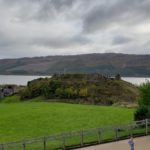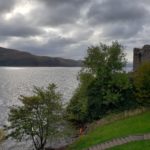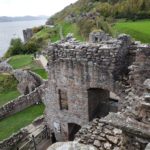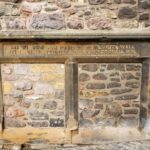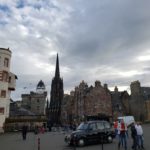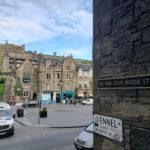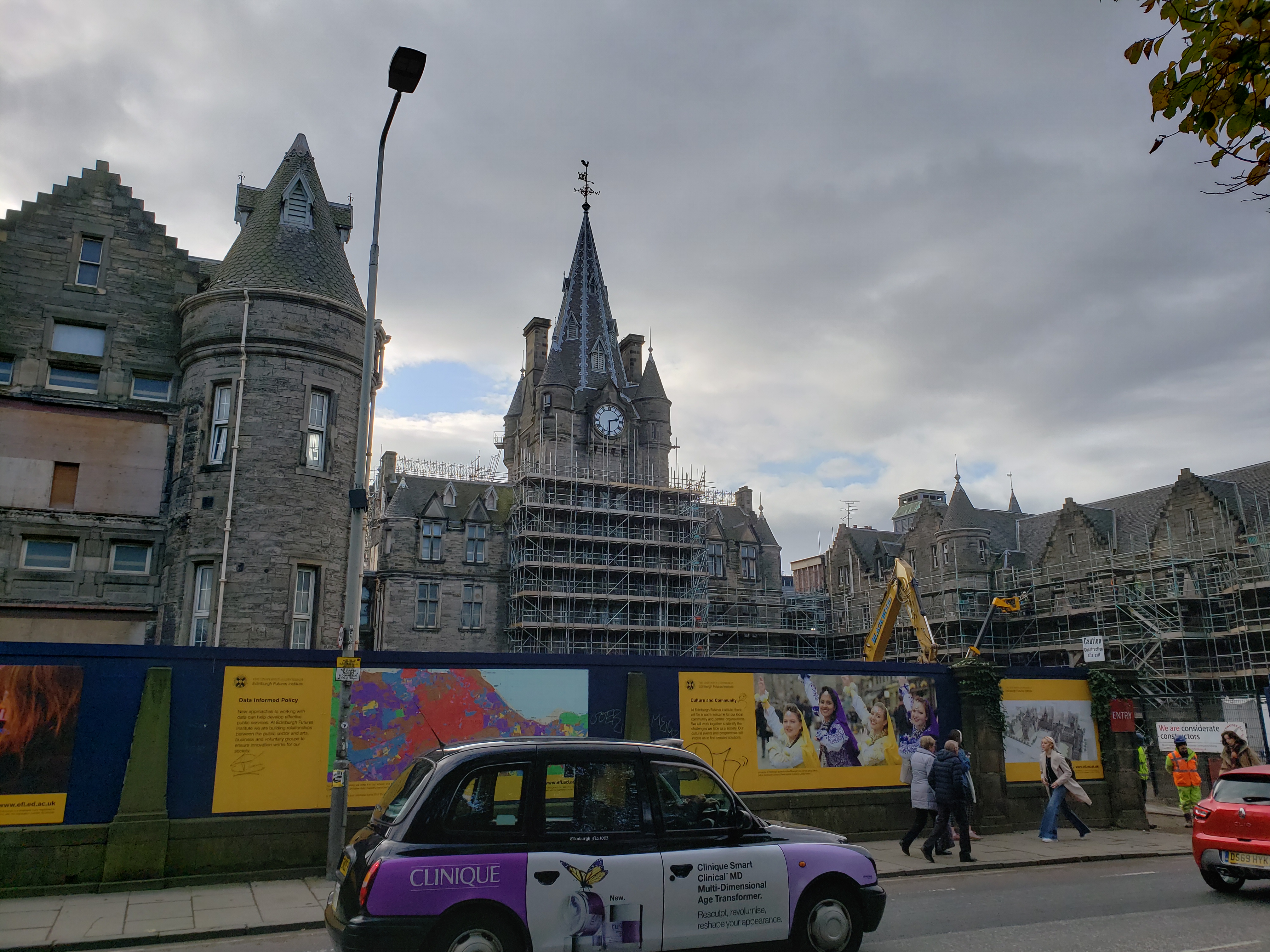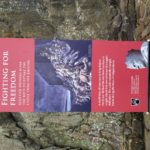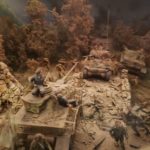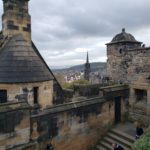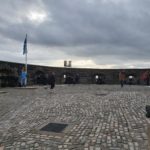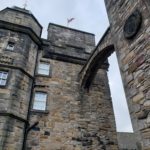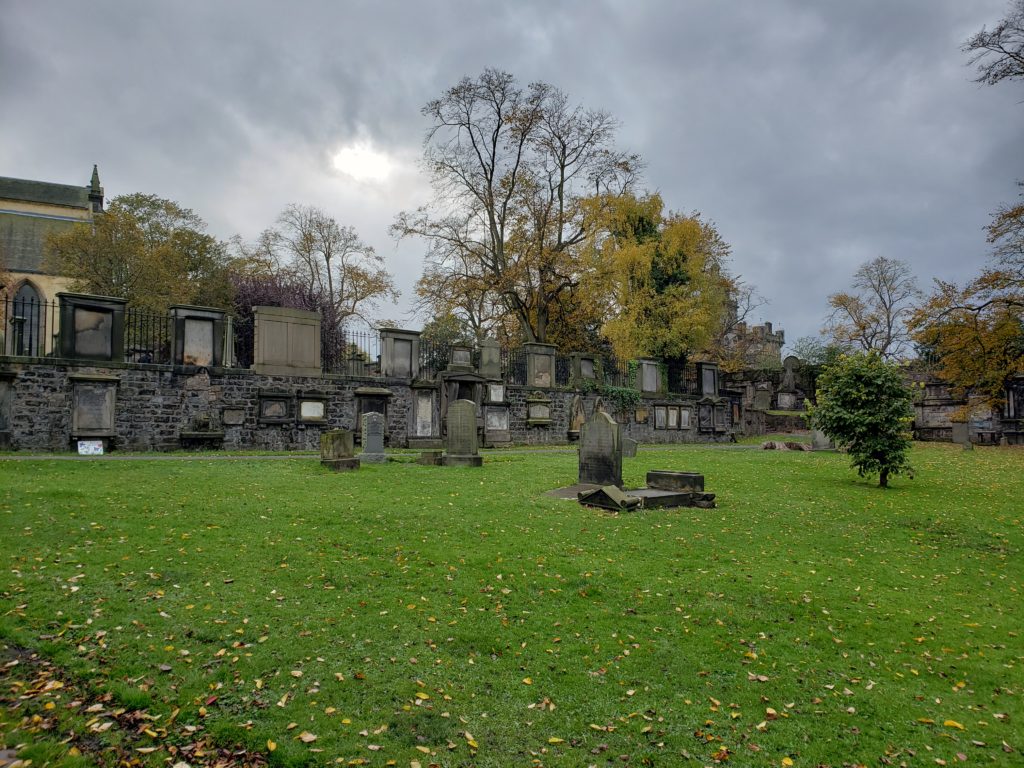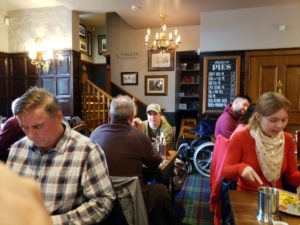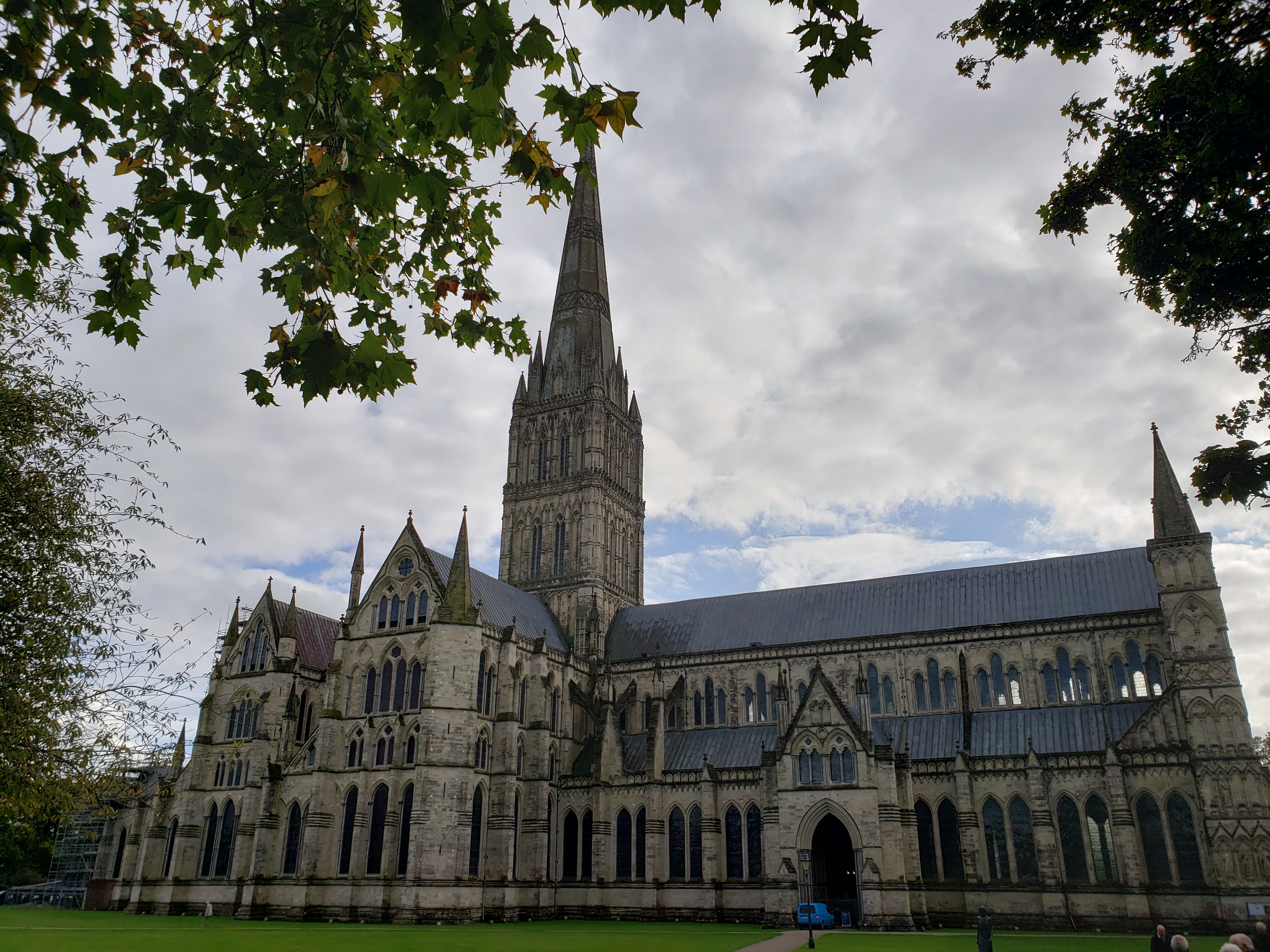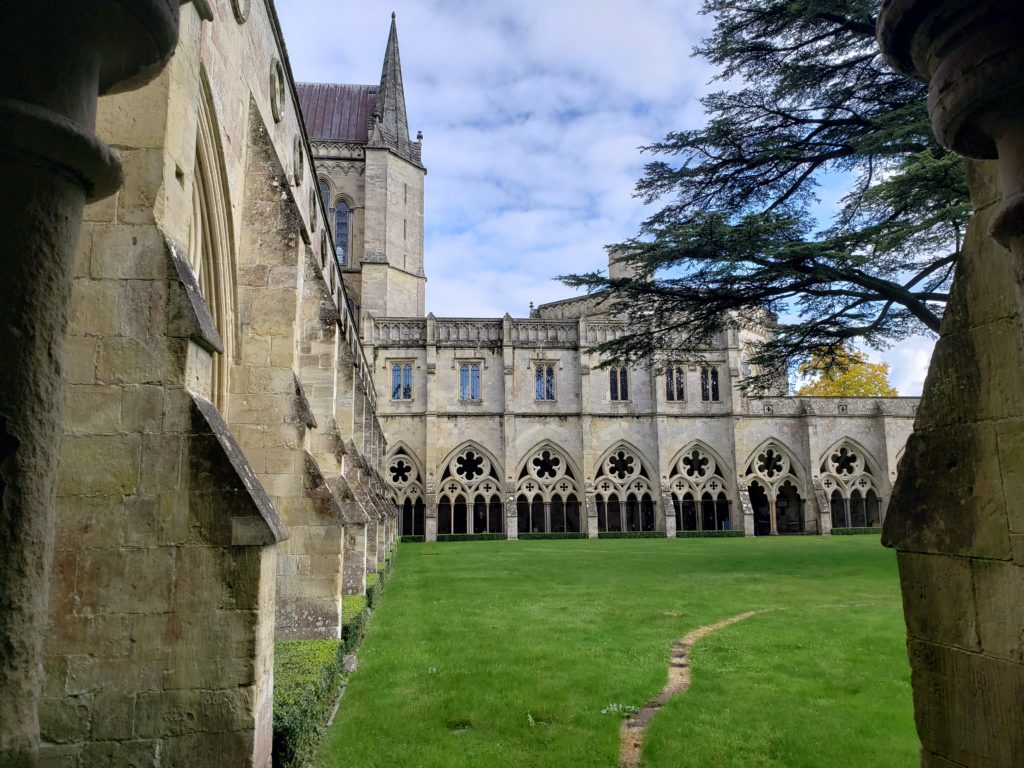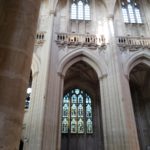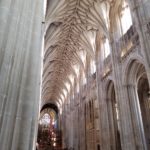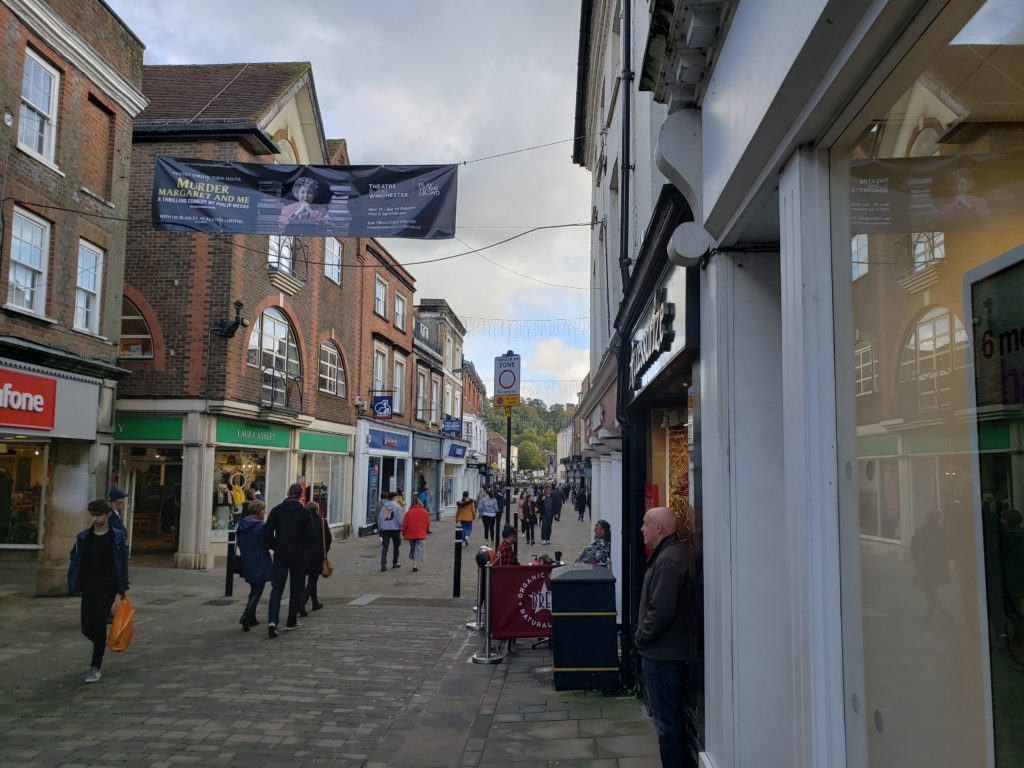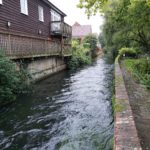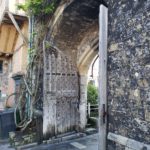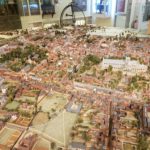
Arrival In The Rain
We started our travels knowing well that we were headed into bad weather. The rain storm that had been predicted for a few days arrived with a wall of thunderstorms and a strong front of rain. No matter, we spent the major portion of our morning traveling from Turin to Chambry and then to Annecy by train.
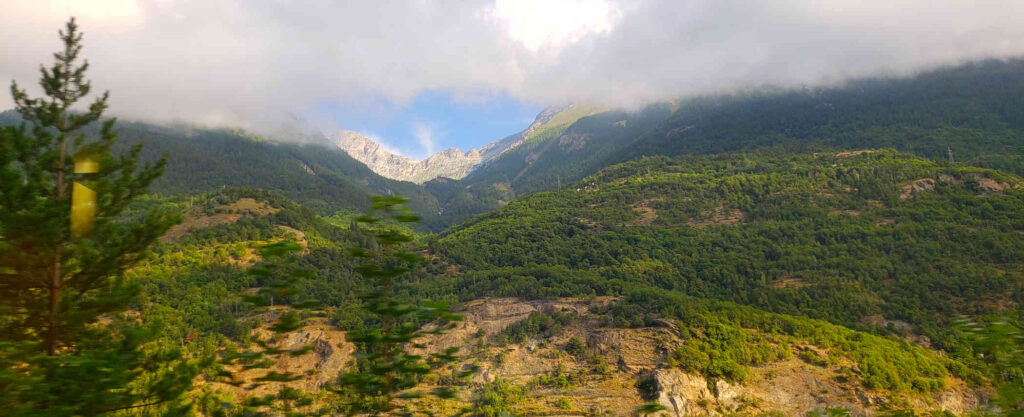
Being delayed a bit in Modane, France by the French authorities, who by the way did a thorough check of everyone’s passports and vaccination status before we were allowed to move on (at least someone is paying attention), we missed our local train in Chambry to Annecy. But that was no big deal and forced us to sit at a cafe there for an hour and have a coffee and a small bite to eat.
We later arrived in Annecy around lunchtime and into our hotel between downpours, so we only experienced a few drops on our stroll across Verdun Square to the Carlton Best Western where we are staying. A newly renovated modern facility which appears adequate for a four star hotel, though it shows some signs of lack of maintenance here and there (just stupid things I would notice.)
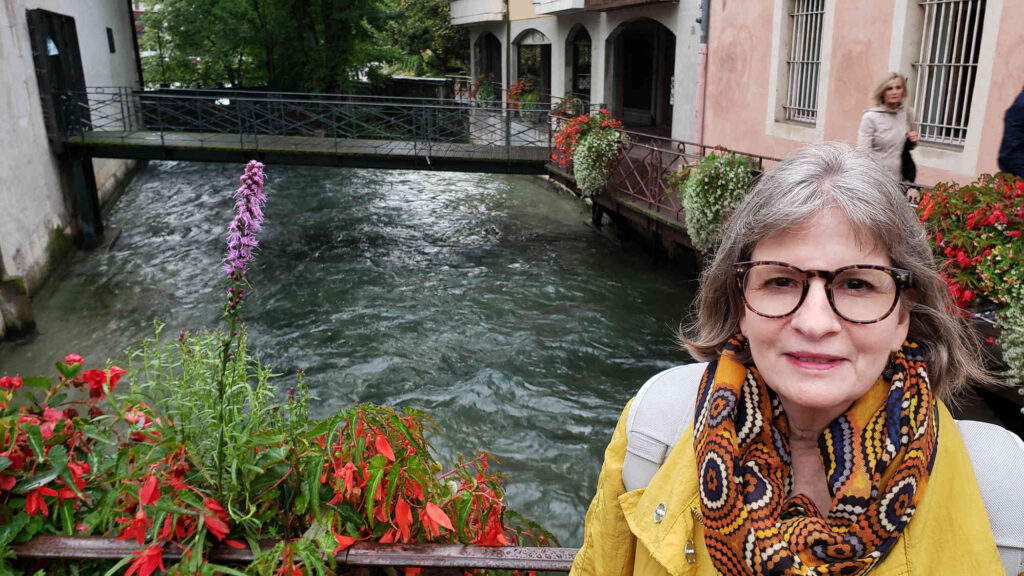
The city of course was obviously built around the power of the water the pours out of Lake Annecy via the Thiou River. This river is divided by a network of sluices and other diversions for use by the prior residents in numerous ways. There are numerous artifacts along the Quias were used to stop and gather the water for redirection towards mills and perhaps other structures that no longer exist. At least one large canal still exists, the Canal du Vasse, which today is primarily used solely by the park and some boat rental concerns.
Historic Center
The historic center consists of less than a square kilometer of land and buildings, all concentrated around the mouth of the River Thiou and the Canal Le Vassé.
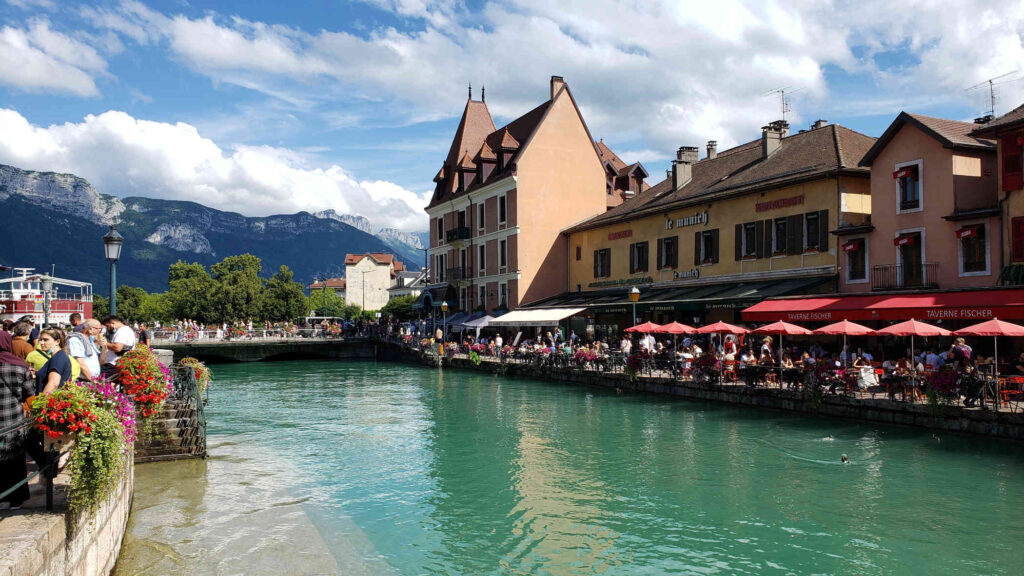
The chaotic nature of the city belies its origins in time, owing to the many narrow side streets and other small venues.
The town has a noteworthy palace and a chateau that has been converted to a museum at the top of the one hill off-center of town. The palace is peculiar, in that it exists on the one small island in the middle of the River Thiou.

Les Musées d’Annecy
The museums of Annecy are few and for the most part only in French. We purchased our Tickets for Two for the Chateau Museum, if only to see the views. But also with the hope that there would be something of interest inside that we might learn. There was but unfortunately it was only lightly covered by signs with minimal English. So if you visit one of these museums an Optical Character Recognition application must be used to auto-translate any placards or signs if you hope to learn anything at all, in the case you only know limited French.

We actually visited two museums of this group, the Musée-Chateau and the Musée du Film d’Animation. The first holds most of the original artifacts of the chateau, including old chests and some period paintings (including an amazing portrait of the 1858 Donati’s Comet). The second is a French specific museum of film animation of which I could not think of a single example or contribution to non-European film art, hence most of this art remains unknown to many outside this country.
Restaurants
Le Lilas Rose
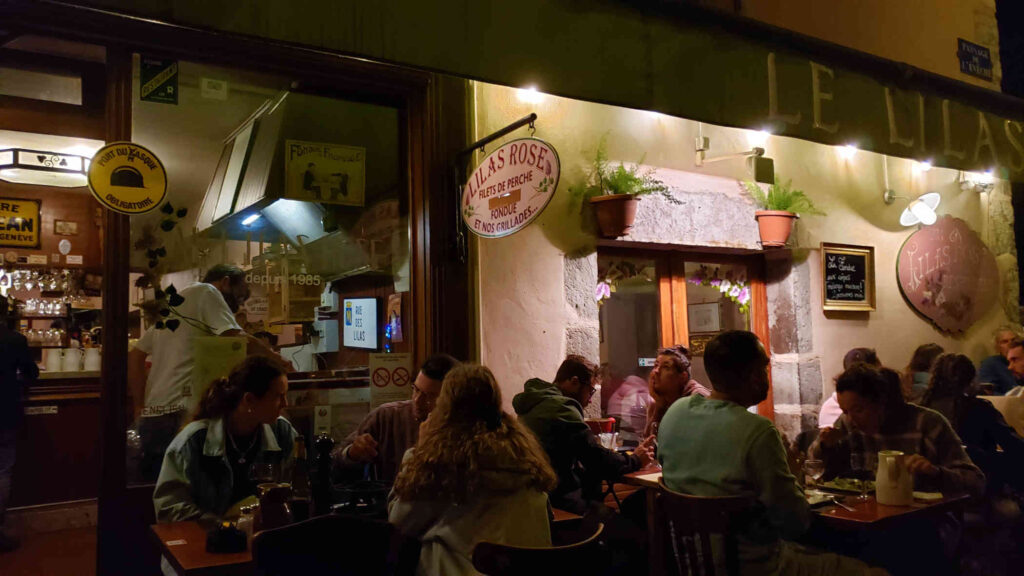
After a short rest, in order to miss the rain that had been following us and started falling, we went out for dinner. Not far from our hotel we found the cute little restaurant Le Lilas Rose which features simple fare from the region of the Haute-Savoie.

I chose the Chacutierie plate, which included an assortment of Parma ham and other dried meat along with potatoes, pickles, cheeses and salad. Paired with a very good Côtes du Rhone and local bread, it made for a very good dinner.
Les Caves Du Chateau
A small and indistinct destination on your culinary adventure here, may take you to The Caves, or Les Caves De Chateau. Though we had actually known about it and marked it down as one possible place to visit, we happened upon by pure accident. It is situated in such a way coming down the Rpe Du Chateau, that it can be easily missed. We decided to stop initially to try the wine, since their list of local and French wine is impressive, and ended up staying for lunch, or déjeuner as they refer to it here.

Patti tried a local Rosé and I sampled a Paulliac – Les Fleurs des Haute-Bages and a St. Estephe – Cos de Labory, all very excellent choices.
For our meal we had the Charcuterie Board with a large selection of local cheeses, dried meat, pickles and other delights. A small but filling start to our afternoon walk.
Ô Savoyard
On our second evening we made reservations at the Ô Savoyard, a mix of local tradition and tourist hot spot. We arrived early and were able to acquire an excellent table outside away from most people, a necessary precaution when eating out during these times of Covid.

For my main dish I ordered the traditional Tartiflette special of the restaurant. This is a skillet dish with potatoes, diced bacon or pancetta, with melted wedges of local cheese covering it in a special sauce. For any potato lover it should be the go-to dish in Savoie.
I ordered a nice red wine from the Savoie region made from the Mondeuse Noire grape. A dry, fruity and well rounded wine reminiscent of a young and immature Pinot Noir, I found it a real surprise and very enjoyable. The Chartreuse Verte was surprisingly very herbal and more a digestive than the typical liquer that one might expect. There is also a common local variety called Génépi, which the locals make from herbs and plants that they know, some of which is sold and can be sampled at restaurants.
Auberge du Lyonnais
The hotel on the banks of the River Thiou also sports an exceptional restaurant, at least for lunch. They have a limited menu which for some can be a very negative proposition, especially those with children or older adults. However, the daily specials are first rate and the cover the minimal range of something vegetable, something with meat and at least two selection of fish, both from the local streams, lake and the ocean.
Patti and I found the restaurant a highlight of the day and if time permitted would visit it again.
Tomorrow it’s on to Lyon and the continuation of our vacation and trip winding through France on our way to Germany. Our trip to Annecy was great and we enjoyed what we saw and did, and we would recommend it as a two or three day stop for the adventurous. For those who are less adventurous, especially with their language skills and temperament, it’s probably a place to be avoided. There are few if any English speakers here and you have to remain flexible. If you know any French at all, it will come in very handy. If not, you will be using your phone to translate menus and perhaps requests you make of people. Above all else, be patient, the French here are very amenable and want to please you, once you get over any communication barrier. Enjoy!
